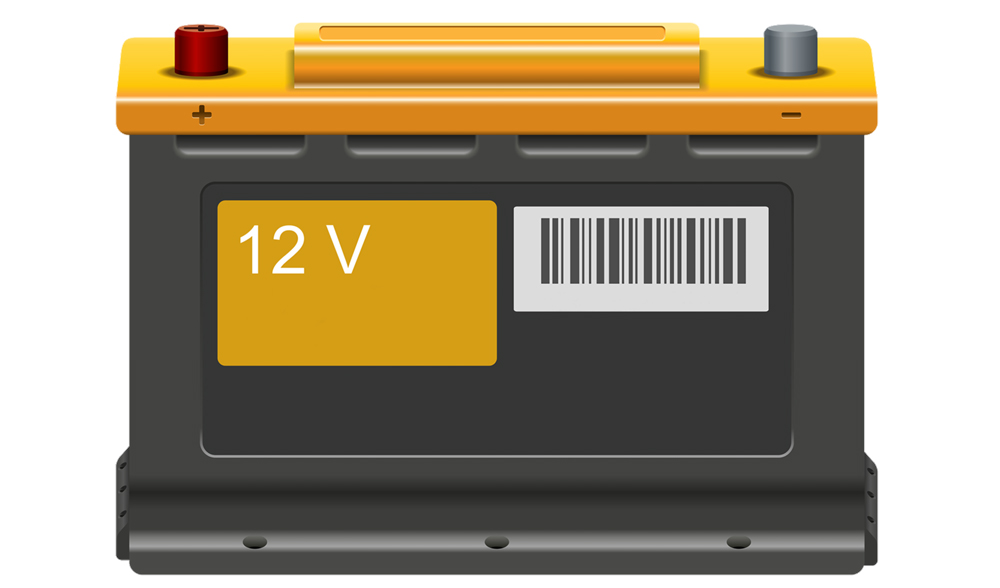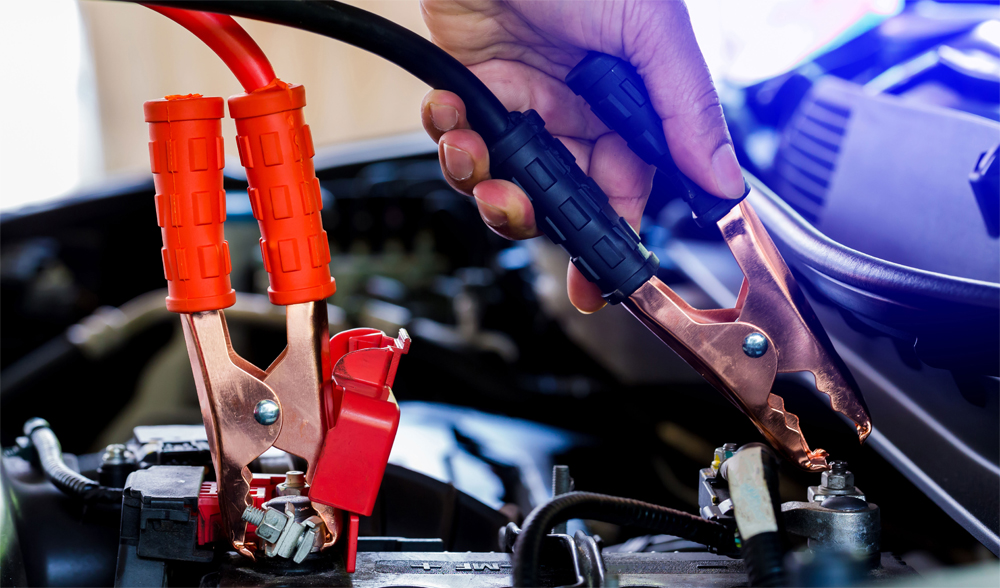When selecting a 12V Battery Charger, there are 4 things to consider. The first and foremost is safety, ensuring the charger prioritizes safety features. Next is the convenience of “plug and play” functionality, making the charging process effortless. Additionally, it is important to choose a charger with the capability to combine desulfation with maintenance charging for optimal battery performance. Lastly, consider a charger that can hold a full charge for a reasonable duration of time.
Before embarking on your search for a 12V Battery Charger, it’s essential to consider a few fundamental questions:
- What is the purpose of the battery charger you require?
- What is the intended location or environment where you plan to use a 12V battery charger?
- What is the capacity of your battery in mAh or Ah?
- What is the desired output capacity of the battery charger you require?
With numerous options available, selecting the right charger for your 12V battery can be overwhelming. To assist you in making an informed decision, here are four essential tips to consider:

Get to Know Your Battery Type
To determine the compatibility of your battery with a charger, refer to the information provided on the battery label or in the manufacturer’s specifications, typically found on the side or top of the battery. Common types of 12V batteries include lead-acid calcium, lead-acid, and lithium. Prior to purchasing a battery charger, ensure that it is suitable for the specific type of the battery you possess.
Check the Battery Capacity
It is important to determine the Amp-hour (Ah) rating of your battery (or mAh for smaller batteries). This information is typically indicated on the battery label, which is commonly located on the side or top of the battery. If you cannot locate this information, it is advisable to reach out to the battery manufacturer or consult their website for clarification.
AH x Voltage = Wattage – Ex. 50aH x 12V = 600W
For What is Your Battery Charged
Are you in need of a 12V battery charger for charging purposes, battery maintenance, or both? Battery charging involves recharging a dead or depleted battery until it reaches full capacity. On the other hand, battery maintenance refers to using a battery charger for periodic topping up of the battery’s charge level.
For instance, let’s consider a scenario where you own a motorcycle that is only used sporadically throughout the month. In order to ensure that the battery remains in a reliable condition at all times, you require a charger specifically designed for battery maintenance rather than battery charging. This type of charging is commonly known as trickle charging. However, there are 12V battery chargers available that can perform both maintenance and charging functions, providing you with the flexibility and convenience you need.

Certain individuals require a charger to keep their car, motorcycle, or aircraft battery charged during periods of inactivity. In such situations, a low current charger would be suitable for this purpose. However, there are other batteries, such as those found in wheelchairs or trolling motors, that may necessitate a faster and more powerful charger to meet their charging needs.
Additionally, it is important to consider other types of chargers that cater to specific requirements. For example, if you are frequently traveling, a multi-voltage battery charger would be suitable. If you engage in outdoor activities, a waterproof charger would be beneficial. For RV owners, a charger that doubles as a power source would be ideal. Furthermore, if you intend to charge multiple batteries simultaneously, a multi-bank charger would be a practical choice. Evaluating your specific needs will help you select the most appropriate charger for your situation.
Choose the Right Output
As a general guideline, it is recommended to have a charger with a minimum capacity of 10% of your battery’s Ah rating. For instance, a 100Ah battery would require a minimum 10 Amp charger. If you desire faster charging, you can opt for a charger with a higher amp rating to expedite the charging process.
Selecting the appropriate 12V battery charger is just as crucial as choosing the right battery for your device. It enables you to effectively charge, maintain, and condition your battery, particularly when it begins to exhibit signs of aging. By investing in a suitable 12V battery charger, you can prolong the lifespan and optimize the performance of your battery.

Other Tips for Selecting a Right 12V Battery Charger
Opting for a low-cost charger in an attempt to save money may have adverse effects on your battery’s lifespan. It is essential to avoid battery chargers that lack “end-of-charge control” as they can generate excessive output current, ultimately damaging your battery. Investing in a charger with proper end-of-charge control is crucial to ensure optimal battery health and longevity.
It is advisable to steer clear of “trickle rate” chargers that lack automatic float mode or current control circuitry. Such chargers have the potential to overcharge your battery. Instead, consider pulse-type chargers that incorporate end-of-charge controls. These chargers effectively reduce charging time and prevent excessive buildup, ensuring a complete and efficient charge for your battery.
In the early stages of your battery’s life, it is worth considering desulfating-equipped conditioner chargers. These chargers are designed to remove sulfation buildup, promoting optimal battery performance and extending the overall lifespan of the battery. By incorporating such a charger into your battery maintenance routine, you can ensure that your battery remains in top condition for an extended period.
How Do You Charge a 12v Battery?
To charge your 12V battery, simply connect the charger to your battery by attaching the BLACK negative cable from the charger to the battery’s negative terminal. Ensure that the clips are securely fastened to the terminal. Then, connect the charger’s positive cable to the battery’s RED positive cable. Look for the ‘+’ mark to identify the positive terminal and make the proper connection.
The charging time of your battery depends on its level of discharge. The more discharged it is, the longer it will take to fully charge. Charging a 12V battery completely can take anywhere from 12 to 24 hours. However, it’s important to ensure that the charging temperature does not exceed 125°F to prevent overheating.
The optimal approach to charging a 12V battery is to do so at a slow and steady rate. The charging time will vary depending on the specific type of battery being charged. Automotive batteries, in particular, benefit from a slower charging process. Slow charging is considered the ideal method for charging automotive batteries.
